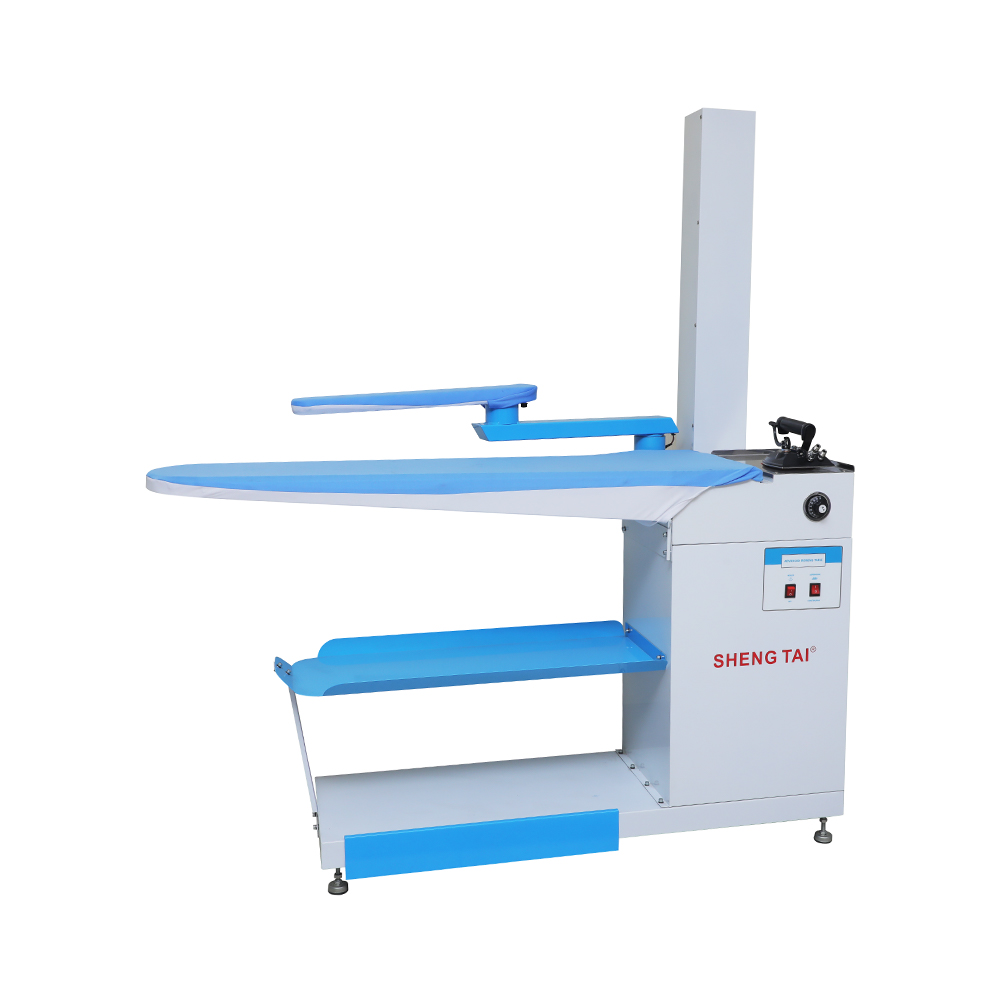In the ever-evolving world of precision manufacturing, the Vacuum Table has emerged as a game-changer. This versatile tool, integral in industries ranging from aerospace to electronics, is rapidly gaining recognition for its ability to provide exceptional stability and precision in various machining processes. Whether it's for cutting, milling, or engraving, the Vacuum Table offers unparalleled benefits, making it a crucial component for modern manufacturing facilities.
A Vacuum Table operates by creating a suction effect that holds workpieces securely in place, enabling precise and accurate machining without the need for additional clamping devices. This functionality has made it an essential tool for industries where high levels of accuracy and surface finish are paramount. The technology has found particular favor in industries such as CNC machining, woodworking, and the production of intricate electronics.
One of the main advantages of using a Vacuum Table is the reduction in setup time. Traditional clamping systems often require multiple steps to secure a workpiece, which can to delays and increased costs. With a Vacuum Table, the workpiece is quickly and securely held in place with minimal effort. This not only speeds up the setup process but also reduces the likelihood of errors caused by improper clamping, ultimately increasing the overall efficiency of the manufacturing process.

Moreover, the Vacuum Table enhances flexibility. Unlike traditional clamping methods, which are often limited to certain shapes and sizes of workpieces, a Vacuum Table can hold a wide variety of materials, from large flat sheets to small, delicate components. This versatility makes it an ideal solution for industries that require the processing of various materials and workpiece shapes without the need for specialized fixtures.
Another key benefit of the Vacuum Table is its ability to handle fragile and thin materials. In industries like electronics, where components are often lightweight and delicate, the Vacuum Table provides a secure grip without causing any deformation or damage to the material. This level of control ensures that high-quality products are produced every time, reducing waste and improving overall product quality.
The ability to achieve tight tolerances is another reason why the Vacuum Table is so highly regarded in the manufacturing world. For high-precision applications, such as the production of medical devices or aerospace components, even the smallest deviation from the desired dimensions can have significant consequences. The Vacuum Table provides the stability needed to maintain consistent accuracy, ensuring that each part meets the stringent requirements of the industry.
As industries continue to demand faster production times and higher levels of precision, the Vacuum Table is becoming an indispensable tool. The increasing need for automation in manufacturing processes has also played a significant role in the growing adoption of Vacuum Tables. Many modern systems integrate Vacuum Tables with CNC machines, robotics, and other automated equipment, enabling manufacturers to achieve even greater efficiency and precision while reducing human error.
Despite the many benefits of the Vacuum Table, its implementation does come with some challenges. One of the primary concerns is the need for a reliable vacuum system. The performance of a Vacuum Table is heavily dependent on the efficiency of the vacuum pump, which must be properly maintained to ensure consistent suction. Inadequate vacuum power can to instability, causing the workpiece to shift during machining, which can result in costly errors.
Additionally, while Vacuum Tables offer significant advantages in terms of precision, they are not suitable for every type of machining process. For example, materials that are highly porous or irregularly shaped may not provide a strong enough seal for the vacuum to hold them securely. In such cases, traditional clamping methods or a combination of both vacuum and mechanical clamping may be necessary to achieve results.
The growing popularity of Vacuum Tables can be attributed to the constant demand for high-quality, precision-manufactured products. As industries strive for excellence, the need for innovative solutions that offer both speed and accuracy has never been greater. The Vacuum Table stands out as a tool that not only meets these needs but also enhances overall productivity.
In the future, the use of Vacuum Tables is expected to expand even further. As technology continues to advance, improvements in vacuum systems and automation will make Vacuum Tables even more efficient and reliable. These advancements will likely to increased adoption across industries, further cementing the Vacuum Table as a critical component of modern manufacturing.